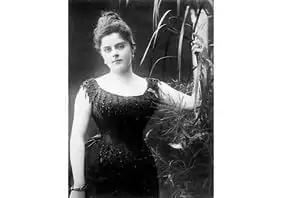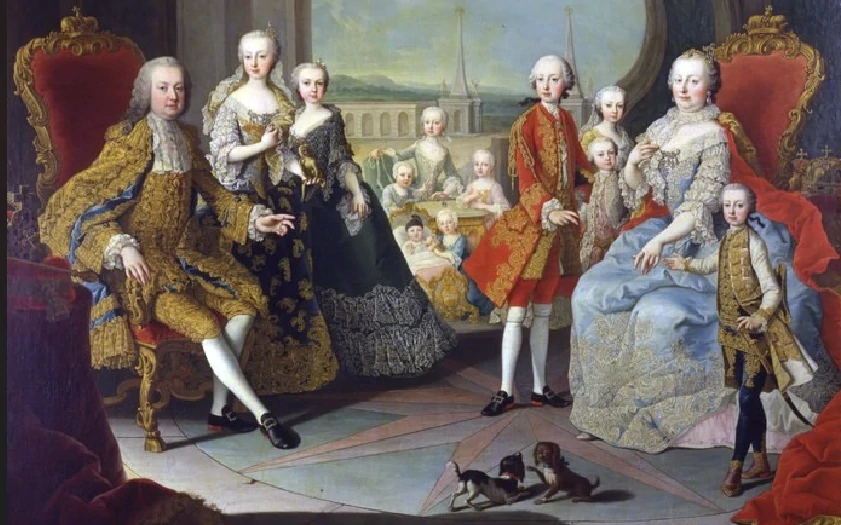Who was Baroness Mary Vetsera? What did she have in common with Crown Prince Rudolf? Why did she decide to commit suicide at the age of 17? Why was she buried several times?
Baroness Mary Vetsera was born in Vienna on March 19, 1871, and attended the “Educational Institute for Noble Girls” at the Salesian Monastery. Mary’s passion was sports and she was an accomplished horsewoman as well as a member of the Vienna Skating Club.
Her father was the diplomat Albin Ritter von Vetsera and her mother Helene, from one of the richest Greek families of that time. Ladislaus, her older brother, died in the Ringtheater fire of 1881.
Her lineage gave her access to Viennese society, though not to the aristocratic court society she longed for. Marriage to the widowed Prince Miguel of Braganza would have meant this advancement, but the 17-year-old Mary only had eyes for Crown Prince Rudolf. Her mother wanted to distract her with a trip to England, but that didn’t change the youthful crush.
Her cousin Marie Louise von Larisch-Wallersee introduced her to him and organized secret meetings between the married Rudolf and the amorous Mary starting in the fall of 1888. In her he found a friend who wanted to go with him voluntarily to his death out of love, after his former lover, the prostitute Mizzi Kaspar, had rejected this idea.
Mary was taken by Rudolf’s coachman Josef Bratfisch to the Mayerling hunting lodge, where Rudolf shot first her and then himself in the early hours of January 30, 1889. On the morning of February 1, 1889, Mary Vetsera was buried secretly in the local cemetery at Heiligenkreuz.
More than 100 years passed before Mary Vetsera’s remains were to be dissected, as she had been buried without examination at the time. To great astonishment, no bones were found in the coffin, as they had been stolen by a Linz furniture dealer and later returned. Based on the investigation, it was determined that Mary had indeed been killed by a gunshot to the head. In 1993 there was another burial.
Her death still gives rise to speculation today, especially because the events were covered up by the Viennese court.



